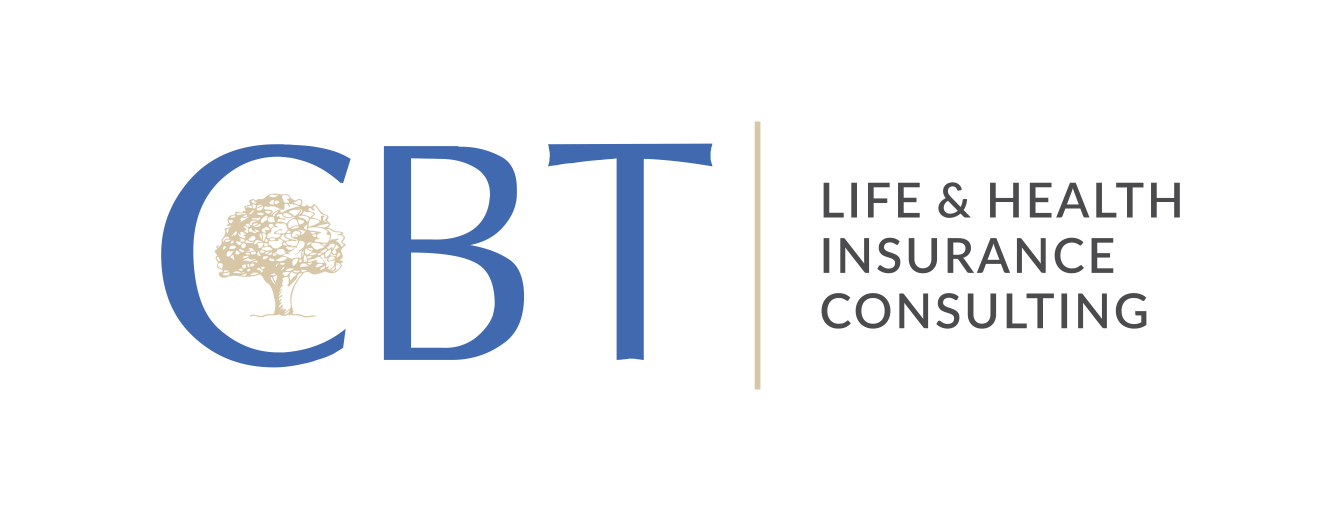Disability Insurance
You work hard to build a life for yourself, and it's only natural that you want to protect that. Most likely you protect your home, car and family from the unexpected with the appropriate insurance plans. What about your income? If you were suddenly unable to work due to an injury or illness, could you maintain your current lifestyle? How long could you pay your mortgage and bills?
Short term and long term disability
Short term and long term disability insurance can protect your financial well-being by replacing lost wages if an illness or injury prevents you from working. Some employers offer disability insurance plans. If your employer does not offer this coverage, or if you are self-employed, you can buy personal disability insurance.
Disability: Not Something to Leave to Chance
According to the Council for Disability Awareness:
The average worker has a 30% chance of becoming disabled
12% of the population receives disability benefits
One in 8 workers will be disabled for at least five years during their working years
What Does Short Term Disability Insurance Cover?
Short term disability insurance provides coverage for a limited amount of time. You receive benefits after a short waiting period of up to 14 days. You are then covered for the length of time specified in your policy, which can be from several months up to one year.
Your policy will also indicate a maximum coverage amount. You will receive benefits until you exceed the policy’s specified time limit or maximum coverage amount, or until you recover. Short term disability insurance policies pay out benefits for reasons such as the following:
A lengthy illness
A disabling injury
The birth of a child
What Does Long Term Disability Cover?
Long term disability insurance covers injuries and illnesses that prevent you from working. It does not cover child birth. It provides coverage over a longer time period than short term disability coverage.
The Council for Disability Awareness lists the most common long-term disability claims as:
Musculoskeletal/connective tissue disorders (back pain, osteoarthritis)
Cancer
Injuries/poisoning
Cardiovascular/circulatory disorders (heart attack, coronary artery disease)
Mental disorder
If you experience a debilitating injury, you may have a longer waiting period before receiving benefits. Long term disability claims normally take up to 90 days to process, sometimes longer. After your claim is settled, you can receive benefits for several years, until you reach age 65, or until you recover. Some policies pay benefits for the rest of your life, although this varies by policy and by insurer.
Which Type of Disability Insurance Is Right for You?
It is important to protect your income, but choosing the right policy can be tricky. Just as it is impossible to predict an illness or injury, it is also impossible to know how long it could keep you out of work, or if you will be able to return to work at all. Thus, it can be difficult to select the right policy, since you must make decisions based on hypothetical situations.
One notable difference between short and long term disability insurance is that short term disability insurance premiums are much cheaper than long term premiums, since the payout isn’t as large and the coverage does not last as long.
Long term illnesses and injuries can devastate your personal finances. You may have enough savings to weather a month’s reprieve from work, but a three year battle with cancer can drain resources quickly. If you must choose between long and short term disability insurance, you’d be smart to adopt a long term disability policy, which offers significantly greater financial protection. Ideally, the best choice for most consumers is a combination of both.



